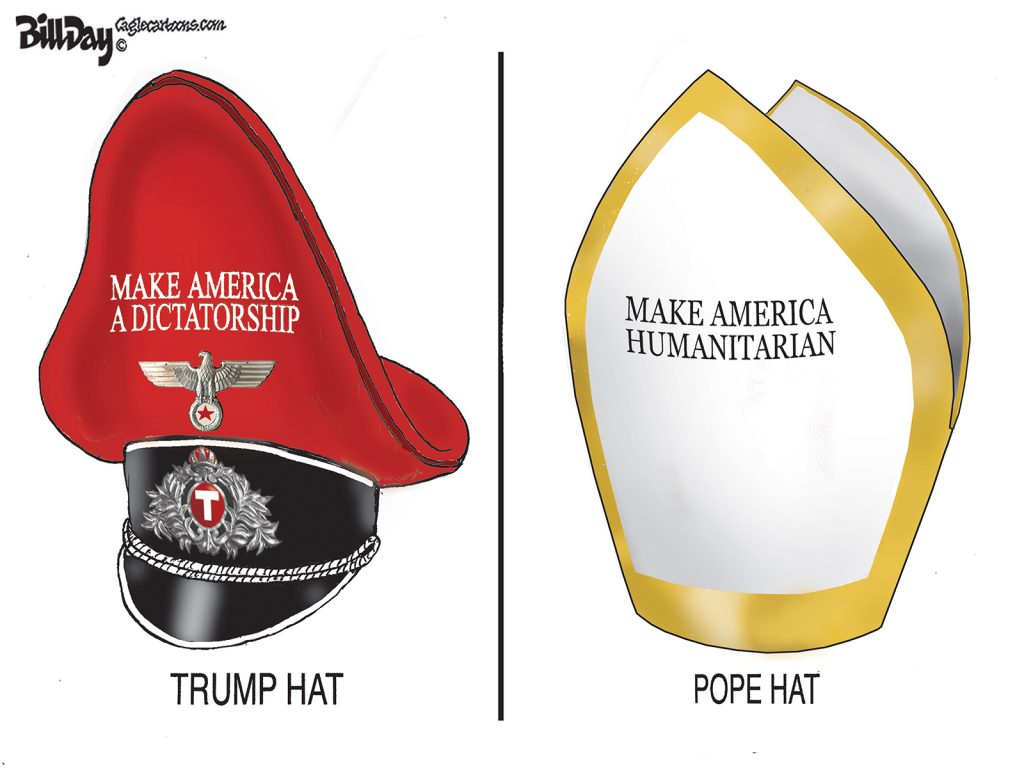In the aerotropolis sweepstakes, Detroit is the first city to take flight.
There, the Detroit Region Aerotropolis has used the nation’s latest economic development big idea as a vehicle for regionalism, bringing together politicians and business leaders from two counties, seven cities, and two airports – Detroit Metropolitan Airport and Willow Run Airport.
Quoting the ubiquitous University of North Carolina professor John Kasarda, Detroit leaders tout 20 square miles of developable land, supportive community leadership and an infrastructure that puts rail, sea and rail within a one-mile radius. Holding up Amsterdam and Louisville as its model, the Detroit aerotropolis professes to be “creating a global logistics hub that moves people, products and information.”
The Cast Of Characters
As for Mr. Kasarda, he’s suggested that the cities with the greatest opportunities for aerotropolisdom are Detroit, Memphis, Dallas/Fort Worth and possibly Kansas city and Phoenix. He’s also cited the presence of FedEx and Honda Aircraft at the Piedmont Triad International Airport as giving Greensboro, Winston-Salem and High Point, North Carolina a chance for aerotropolis status.
Meanwhile, in Memphis, the Chamber-backed aerotropolis initiative continues to lay the foundation for our city to leverage its considerable resources to set the aerotropolis standard for the U.S. where Memphis International Airport becomes a magnet for economic growth, commercial development and neighborhood redevelopment.
Of course, Memphis begins with a major leg up with the dominating presence of FedEx and the motivating leadership of Tom Schmitt, president and CEO of FedEx Supply Chain Services, and that’s reason enough to be optimistic. After all, it is often unappreciated here that FedEx was in fact the inventor of international commerce.
And yet, it alone is not enough to fulfill dreams of Memphis as aerotropolis.
More And More
After all, in Asia, where the aerotropolis phenomenon were first seen, Bangkok’s Suvarnabhumi Airport will have shopping malls, office buildings, hotels, hospitals, an international business center, conference and exhibition space, warehouses and even a residential community. Singapore’s Changi Airport has movie theaters, saunas and a swimming pool.
As it’s prone to do these days, Dubai took the concept and went one better. Its World Central International Airport will have office towers, hotels, a casino, golf course and one of the world’s largest malls.
In addition, any U.S. city with aerotropolis aspirations must engage in the thoughtful development planning that includes direct passenger rail connections between the airport and downtown.
Something’s Got To Give
And yet, ultimately, the greatest challenge to the aerotropolis concept may be that as far as airlines are concerned, something’s got to give. As one of the fastest-growing sources for greenhouse gases and with energy prices portending changes that could be as simple as skyrocketing airfare or as dire as industry collapse.
All of this comes in the midst of uncertainty for the airline industry that is unprecedented. Dipping oil prices are encouraging but likely temporary, doing little to mitigate the looming crisis caused by the fact that the business model for many airlines essentially doesn’t work with oil selling for $135 a barrel. Already, the cost of fuel for airlines is up 80% when compared to a year ago, layoffs and fewer flights are becoming a regular occurrence, and we’re hard-pressed to think of a single airline that’s not at risk.
If some doomsday predictions come to pass, like the one made by a respected Canadian bank economist that gas prices will be $7 per gallon in two years, it will not only result in millions of fewer cars on our roads but significant fewer airplanes in the sky.
Fuel’s Up And Opinion Down
Already, in Europe, the high cost of fuel is changing public opinion toward air travel, with protesters shaming airline passengers and a growing feeling that flying is synonymous with ignoring the imperative to reduce greenhouse gases. There are the first signs of legislative support for higher taxes on air travel and opposition to any new runways.
These days, suggestions that U.S. passengers will be cut in half and that there will only be 50 major airports in less than 20 years (roughly 85% fewer than today) are no longer discounted as inconceivable. Such is the seriousness of the crisis facing the airline industry and the cities that depend on it for major economic activity and employment.
In keeping with the general denial that federal agencies have exhibited during the Bush years, the FAA continues to predict that passengers will double in just over 15 years, which is just short of dumbfounding considering that the number of passengers has already dropped by about three million this summer.
Back To The Future
In the end, it could well be back to the future, with the options conjuring up memories of the 1960’s when our parents dressed us up in our Sunday best to pick up flyers. In those days, anyone traveling on an airplane was special, because air travel was for the elite (the same folks also owned color televisions and FM radios).
If oil prices climb, it may be so again, and cities like ours whose economies are based on a heavy dependency on cheap oil and airlines could be especially hard-hit.
It’s an ominous warning for Memphis, because the $21 billion economic impact created by the airport could be as much risk as opportunity. It’s also why development of the Memphis aerotropolis could be anything but linear, and why its planners need scenarios for a future that could be far different.


